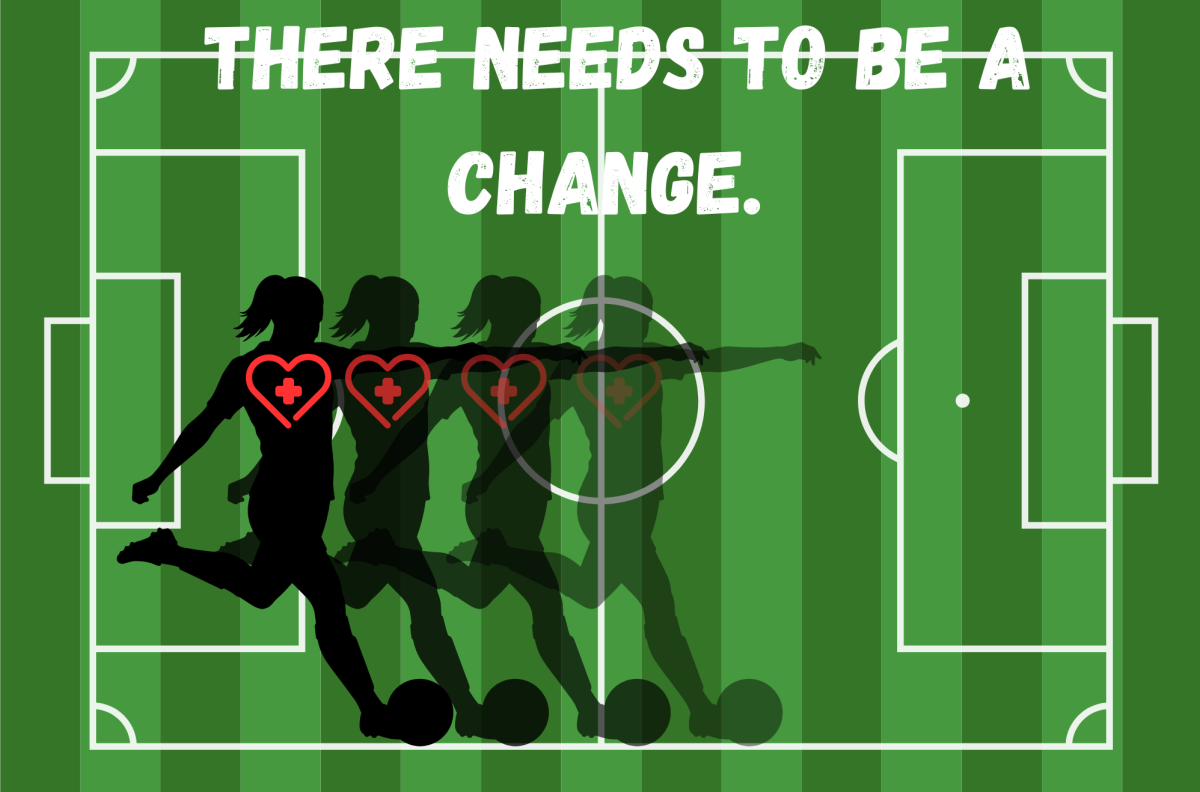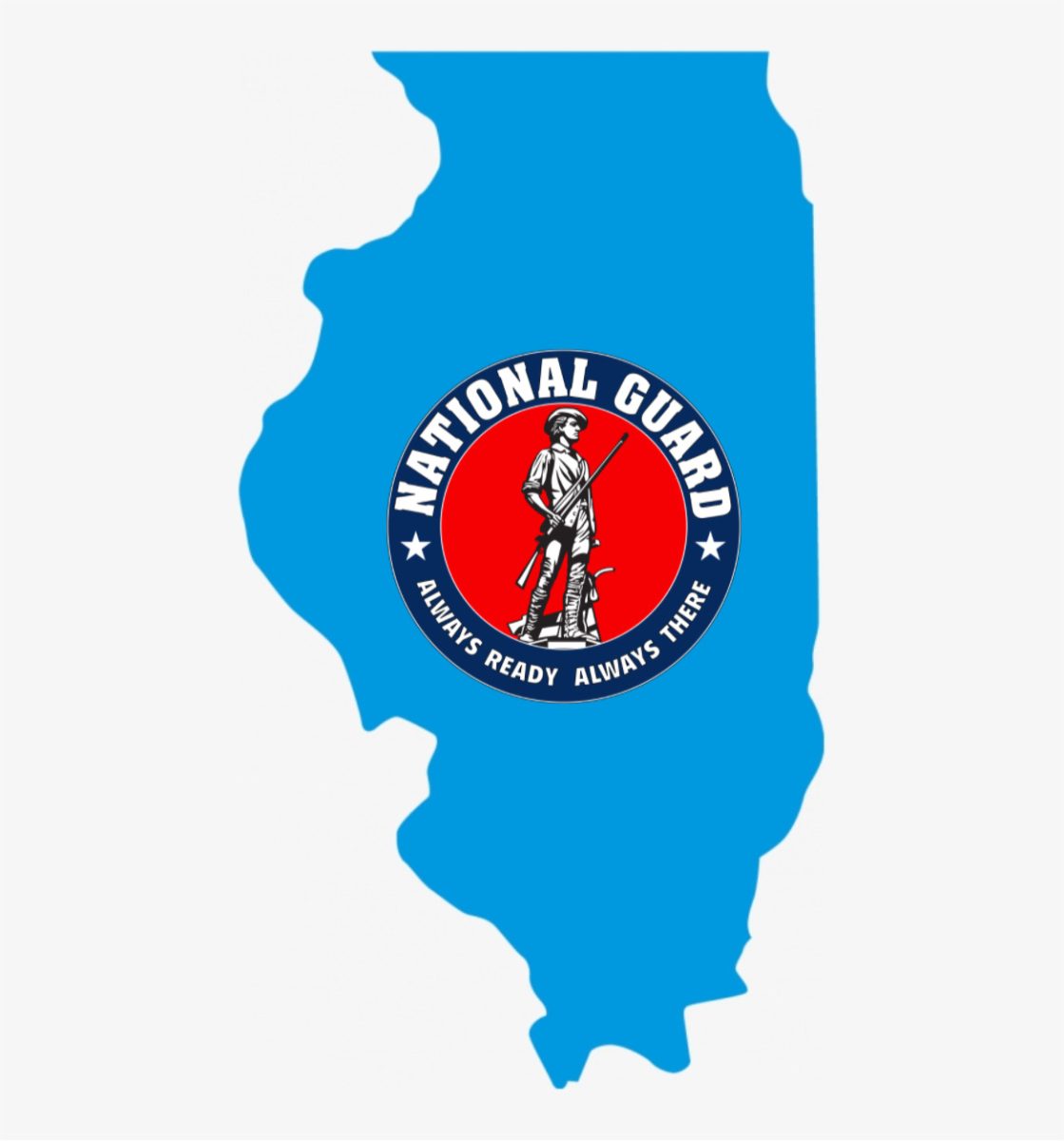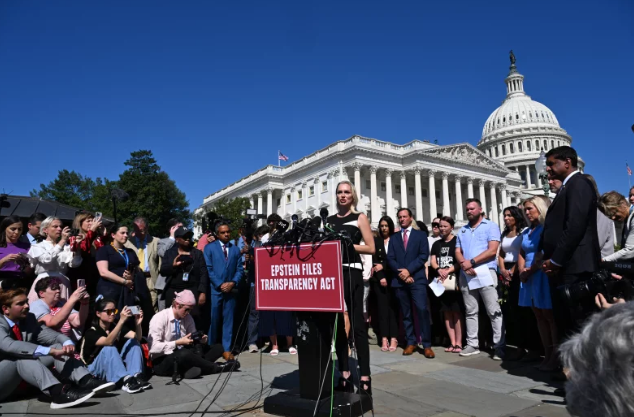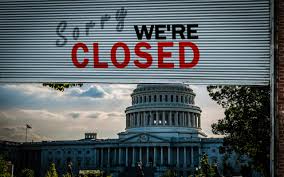In February, District 219 Superintendent Thomas Moore announced a district restructuring plan, which includes replacing deans with assistant principals for the 2025-2026 school year, one for each grade level at both Niles North and Niles West High Schools.
Kosta Kougias will serve as the assistant principal for seniors, Dianna Yu for juniors, Matt Krueger for sophomores, and Katie Kannokada for freshmen.
The job of the assistant principal is similar to the dean’s role but with some differences. Each assistant principal will be assigned a grade level and will follow all 4 years of their high school career. Their job is to maintain order, career and college readiness, events for each grade level, along with many other responsibilities.
One of the biggest challenges the new assistant principals are taking on is changing how students think about their office. For decades going to the dean’s office meant something bad happened. The assistant principals want students to know that their office isn’t a place of punishment, instead a place of support.
“There’s no judgement in this office,” Krueger said. “You can come to this office and let us know exactly what’s going on in great detail, we’ll figure it out together.”
The addition of the assistant principals is to build a positive school culture, where students feel safe, seen and supported. When students feel like they’re part of a community and that the adults around them know them and care, it directly impacts engagement, attendance, and even academic performances.
“It’s not just about managing behavior,” Kannokada said. “It’s about helping students grow. That might mean helping them understand expectations, or solving a problem together, or helping them see their own potential.”
By following one group of students over four years, assistant principals are now building sustained relationships, something that rarely happened in the old system.
“I really believe that every student deserves a chance to learn every day here, and so I want them to know we’re a team,” Kannokada said. “All four of the assistant principals work really closely. We’re here for them. Our space is always open. Our office is always open, and we welcome all students here all the time.”
Beyond individual relationships, the new structure also encourages stronger teamwork among the educators. Assistant principals work with teachers, counselors, coaches, and families to support students on a larger scale.
“If a student is struggling in a teacher’s class, and the teacher reaches out to me, working as a team, me, the teacher, the student, coaches, right counselors, social workers, looping in the right people to make sure the student feels supported making sure the teacher feels supported, because I believe if we support the adults in the building, then students are going to be supported by those adults,” Kannokada said. “My job is to directly support students, but also to directly support the adults so that they feel like they can support students.”
Assistant principals also aim to give students more voice and agency. In the past, the office may have felt off-limits or intimidating. Now the assistant principals want students to walk in confidence not with just problems.
“I think, even in my former roles as a classroom teacher, as a dean, and now even as an assistant principal, just so that they know they might not know who or where they can go, but it can always start with me,” Kougias said. “I can point them in the right direction if I’m not the one to answer the question.”
The shift in leadership also brings added complication. Unlike the past where discipline was often the main focus, assistant principals are overseeing grade-level events and supporting student leadership, while ensuring career and college readiness.
Yu mentiones one of her biggest challenges so far is balancing the demands of the job while staying connected with students.
“So one of my biggest goals, like, pre school year starting is, like, and I still am going to make this my goal is like, being visible in all areas, getting into classrooms, meeting more students,” Yu said. “I think in this role, you get caught up with so many. Challenging things in terms of, like, random things pop up that you have to, like, problem solve, investigate, whatever the case is, that it puts you, it removes you from the classrooms and from the students. I’m still trying to figure out ways to not just, like, know people’s names, but, like, have a deeper connection with the student body.”
Each assistant principal has big goals, not just for their class, but for the school community as a whole.
Kougias said his dream is to see all seniors from Class of 2026 walk across the stage in May.
“I would love to watch the entire class graduate in May and watch them walk across that stage,” Kougias said. “I’m very fortunate to be in this role this year. It’s given me an opportunity to start my new role with a group that I’ve watched since they walked into this building as freshmen.”
Kannokada emphasized that every student deserves a fresh start.
“This is a welcome place for them,” Kannokada said. “I don’t hold grudges. I really believe that every student deserves a chance to learn every day here, and so I want them to know we’re a team.”
Ultimately, the role of the assistant principals in high schools continues to expand beyond traditional duties. While administrative and disciplinary responsibilities remain, there is a growing emphasis on supporting students overall development to enhance educational settings.
















